Series Creating Success in Middle School: Checking in with Questions
Save to My Resources
PLEASE CREATE A NEW ACCOUNT OR LOG IN TO ACCESS THIS CONTENT
Enjoy your first video for free. Subscribe for unlimited access.
Have questions about subscribing?
Click Here to learn more about individual subscriptions.
Click Here to learn more about School and Institution access.
Discussion and Supporting Materials
Thought starters
- How does Mr. Vazquez use questioning during his art demonstration?
- How do questions help Mr. Vazquez know when students are ready to create their own art?
- How do you use questions in your own classroom?
In Partnership With:

Teachers
Edgar Vazquez
Newest
|
4 MIN
|
5 MIN
|
5 MIN
UNCUT CLASSROOMS
| TCHERS' VOICE
English Language Arts
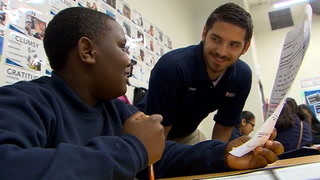
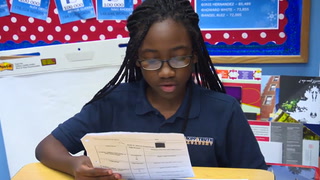
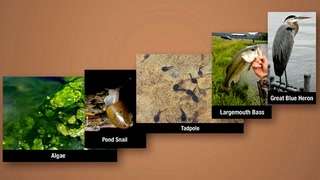
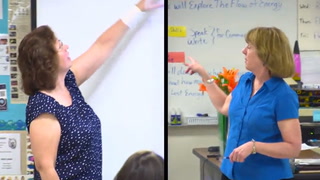


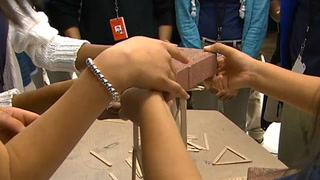
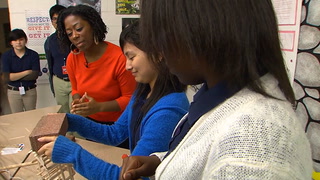


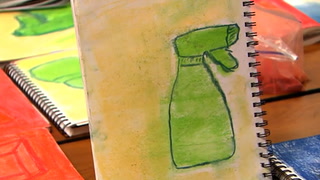
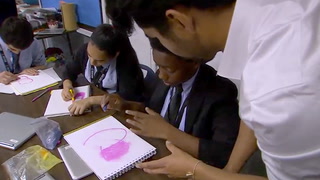
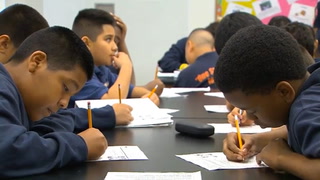
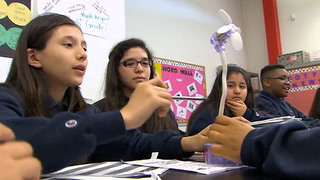









12 Comments
Kendra Olson Feb 14, 2022 2:21pm
Mr. Vasquez uses open ended questions to check for understanding.
2. How do questions help Mr. Vazquez know when students are ready to create their own art?
By using open ended questions, Mr. Vasquez was ablr to determine if the students were using the correct vocabulary and terms to go with the lessons.
3. How do you use questions in your own classroom?
I ask open ended questions to see how each child is thinking. Not all students solve problems in the same way.
Karon Valdivieso Jun 6, 2021 3:01pm
Mr Vasquez uses questions to determine his students understanding of the lesson being taught. Using open ended questions forces students to use their cognitive abilities to contemplate the meaning and vocabulary. When students know the teacher will always ask thought provoking question and not be able to just answer yes or no. All students know their answers are important.
Lisa stinson Aug 6, 2020 11:37pm
By asking quesitons, you can check for student understanding. But it's equally important that you're asking the right questions. By asking more open ended questions, Mr. V was able to acertain the students engagement and understanding. It required the students to know the correct terminology. Instead of giving them the answers and asking yes or no questions, which may not give a teacher enough information about a student's understanding of the content.
Haag Miranda May 23, 2020 2:09am
How does Mr. Vazquez use questioning during his art demonstration?
He uses questions to supplement his lesson and continually check for understanding. He does this by asking questions that have multiple answers and that make students think. I also noticed he asked questions they may not necessarily know the answer to but gives them hints to help them get there.
Avery Baird May 14, 2020 5:58pm
The teacher does a really great job asking questions to help the students display their knowledge of the subject. This is a really great way to help the students to stay engaged and also help the teacher and students clear up what needs to be touched on again before the lesson is over as well.